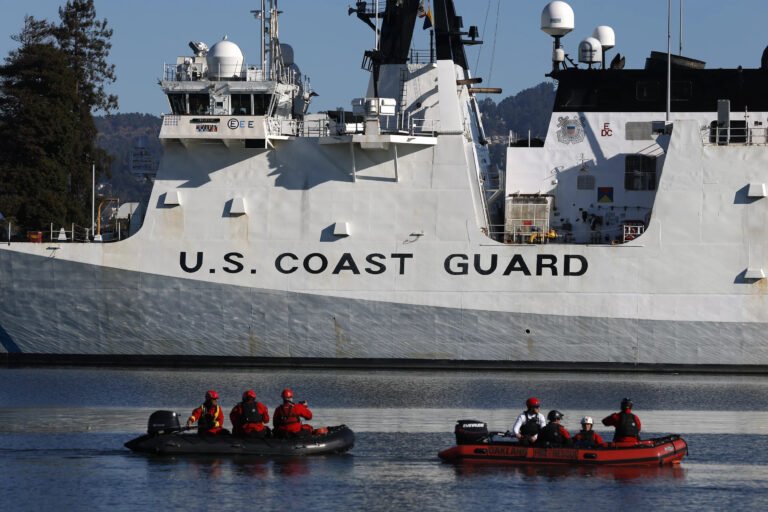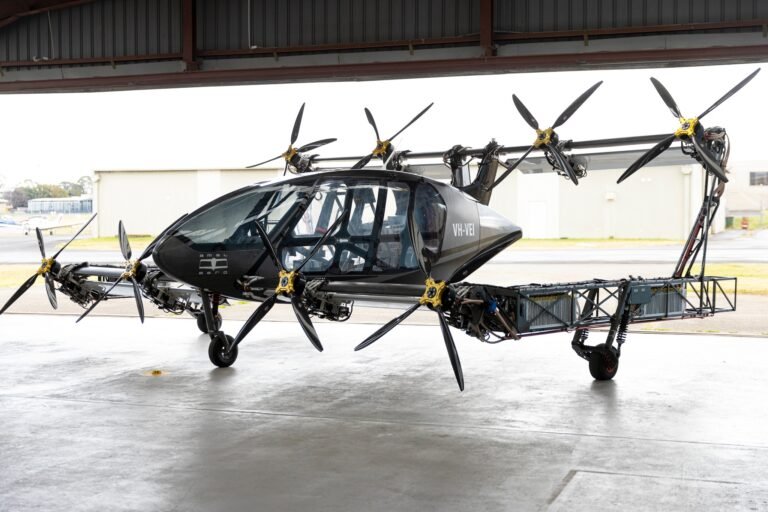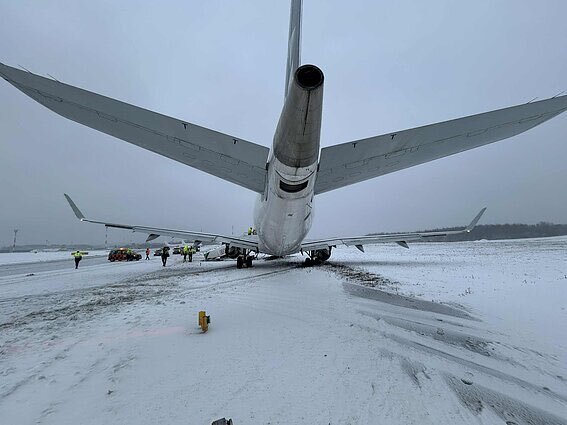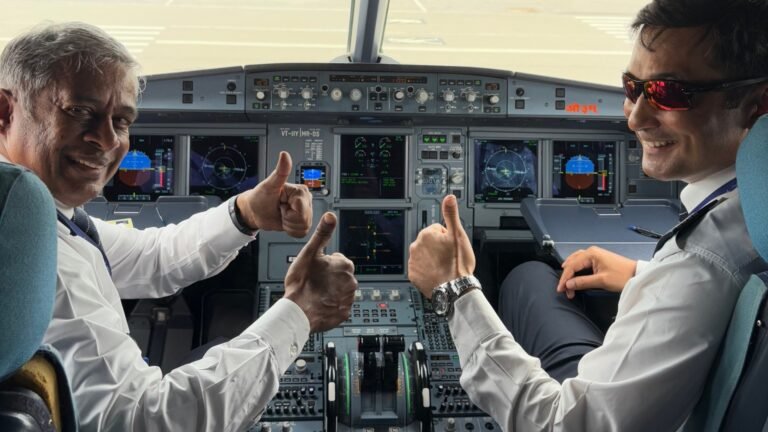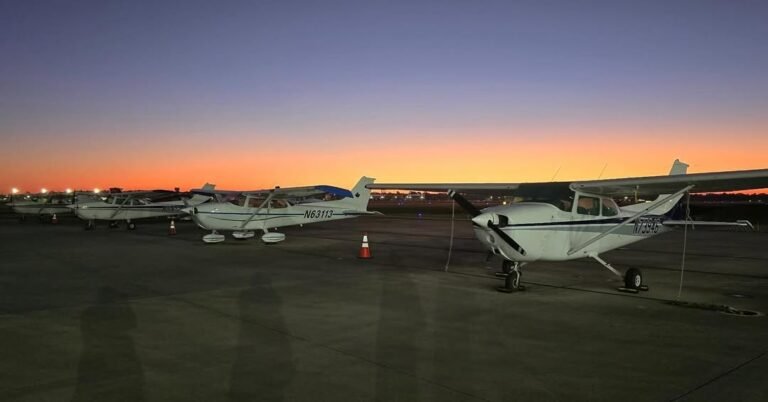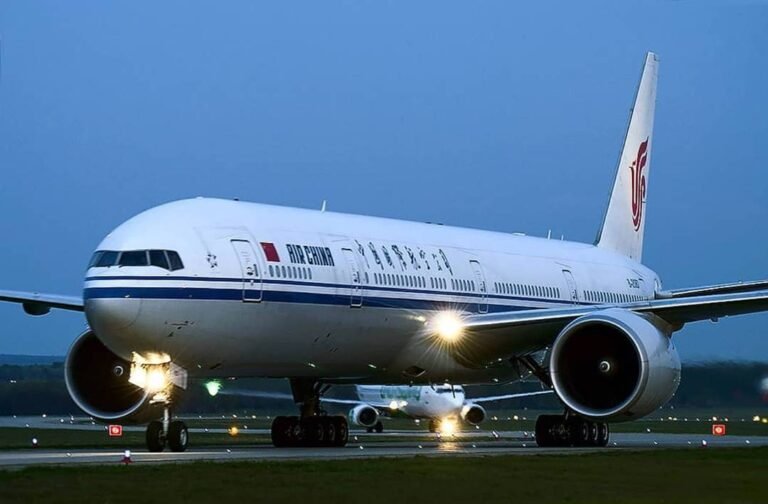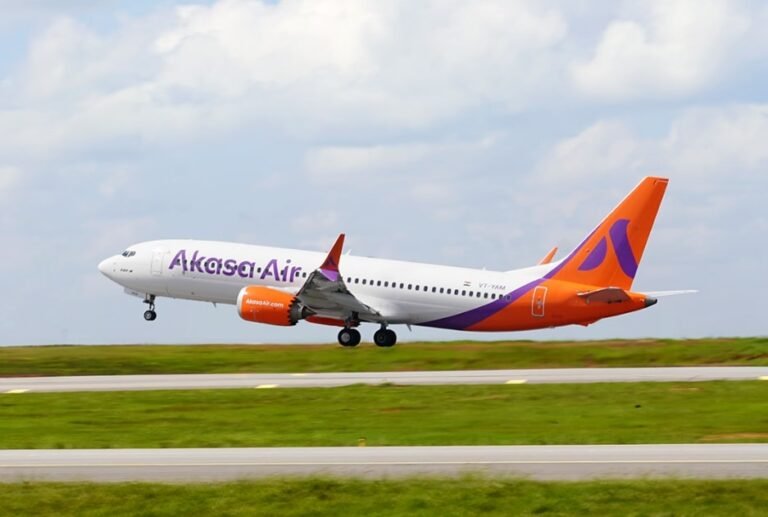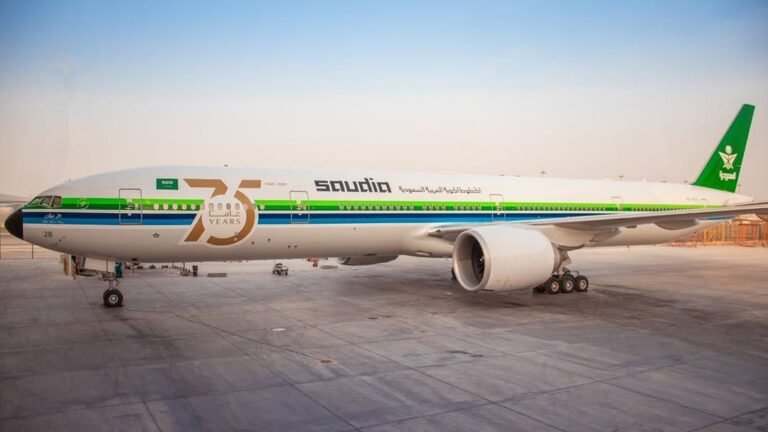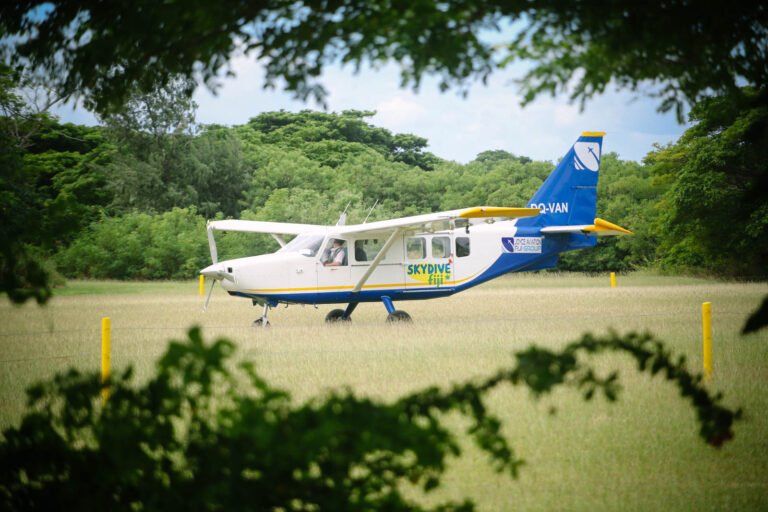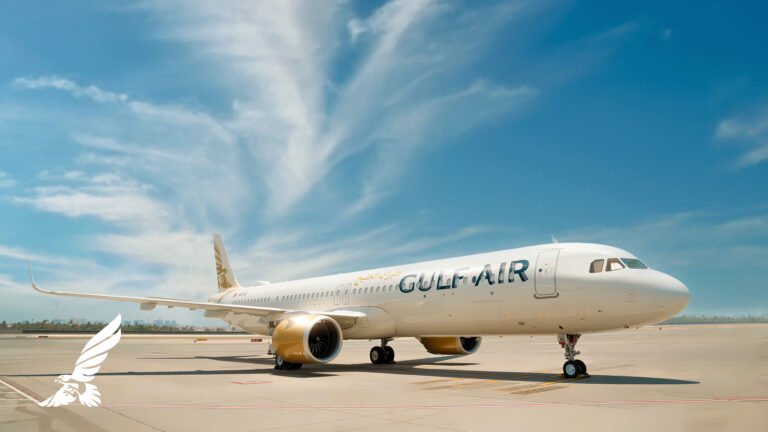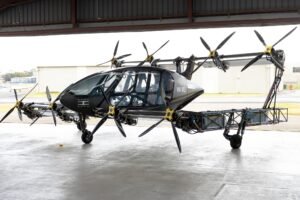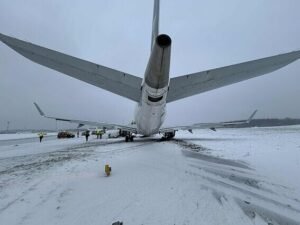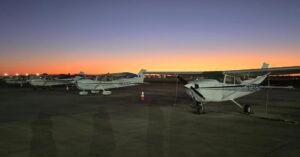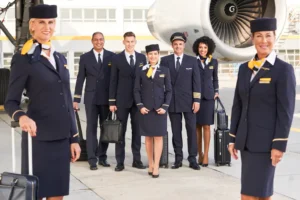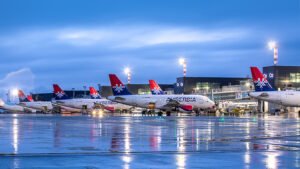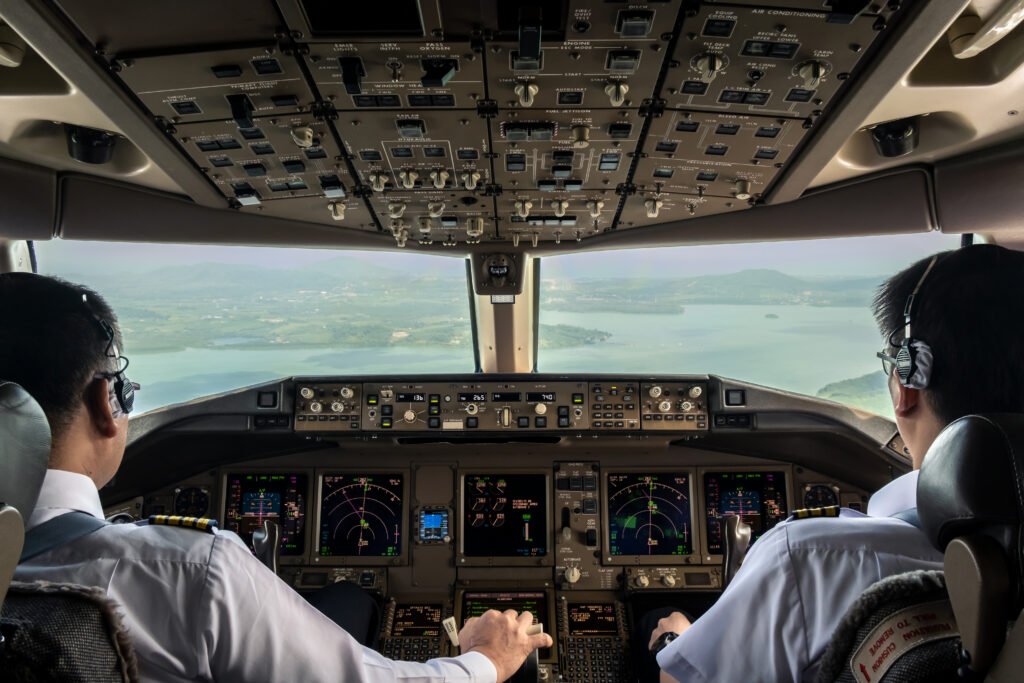
Montreal, Canada: The International Civil Aviation Organization (ICAO) concluded its 42nd General Assembly in Montreal with significant decisions impacting global aviation policies. According to Bloomberg Government, delegates at the 42nd ICAO General Assembly voted to maintain the current mandatory retirement age for airline pilots at 65, rejecting the proposal to extend it to 67.
The International Air Transport Association (IATA) had advocated for raising the pilot retirement age to 67, arguing that the two-year extension would alleviate pilot staffing shortages without compromising safety. The proposal is supported by examples from countries like Canada, Australia, and New Zealand, where there are no strict upper age limits for pilots.
IATA emphasized that raising the pilot retirement age aligns with ICAO’s efforts to standardize medical assessments, advocating for consistent oversight to ensure older pilots remain fit to fly. The move also supports broader aviation workforce goals, including the UN’s Sustainable Development Goals and ICAO’s Next Generation of Aviation Professionals (NGAP) Programme, by helping retain experienced pilots and maintain a steady supply of qualified aviation personnel.
However, the proposal faced opposition from pilot unions, including the Air Line Pilots Association (ALPA), which raised concerns about potential health and cognitive risks associated with older pilots. As a result, ICAO delegates voted to retain the existing age limit.

